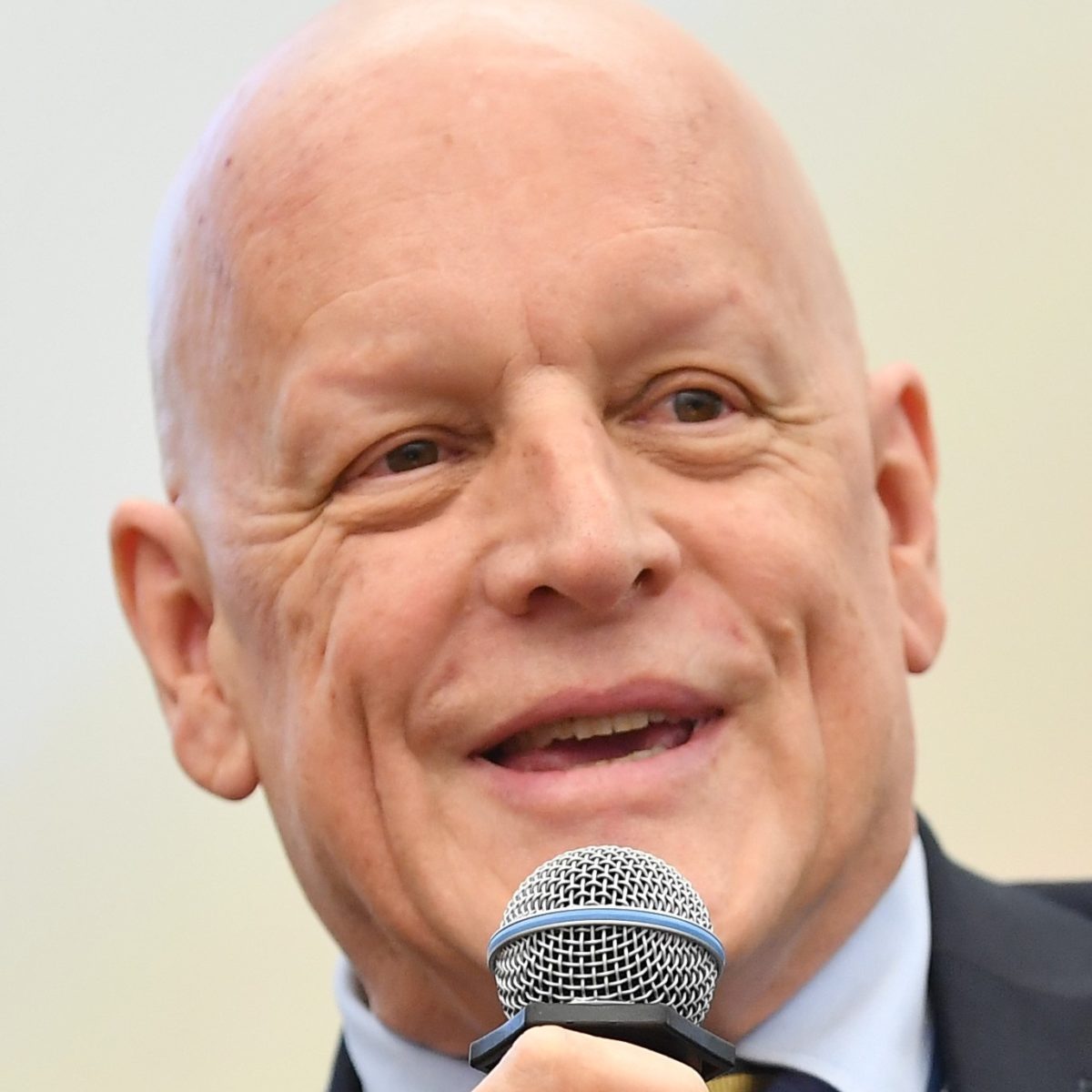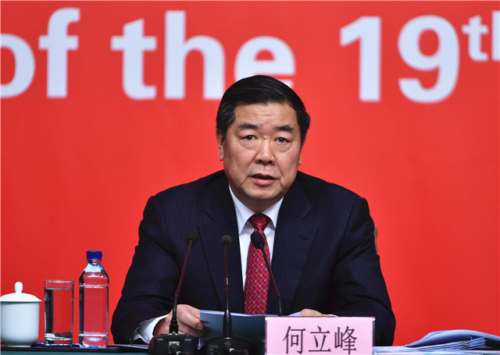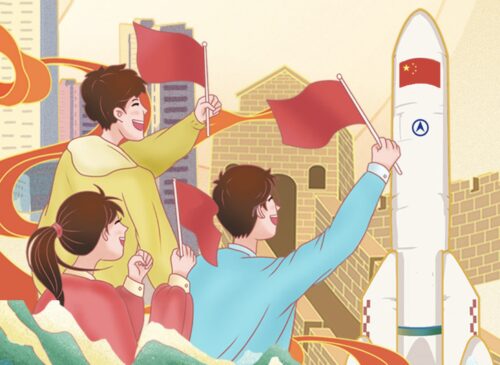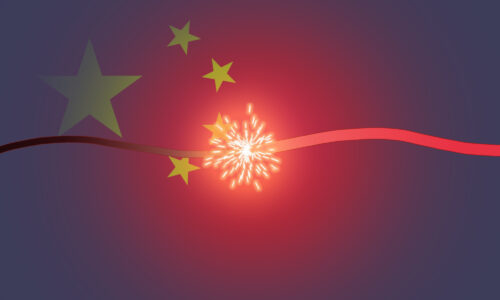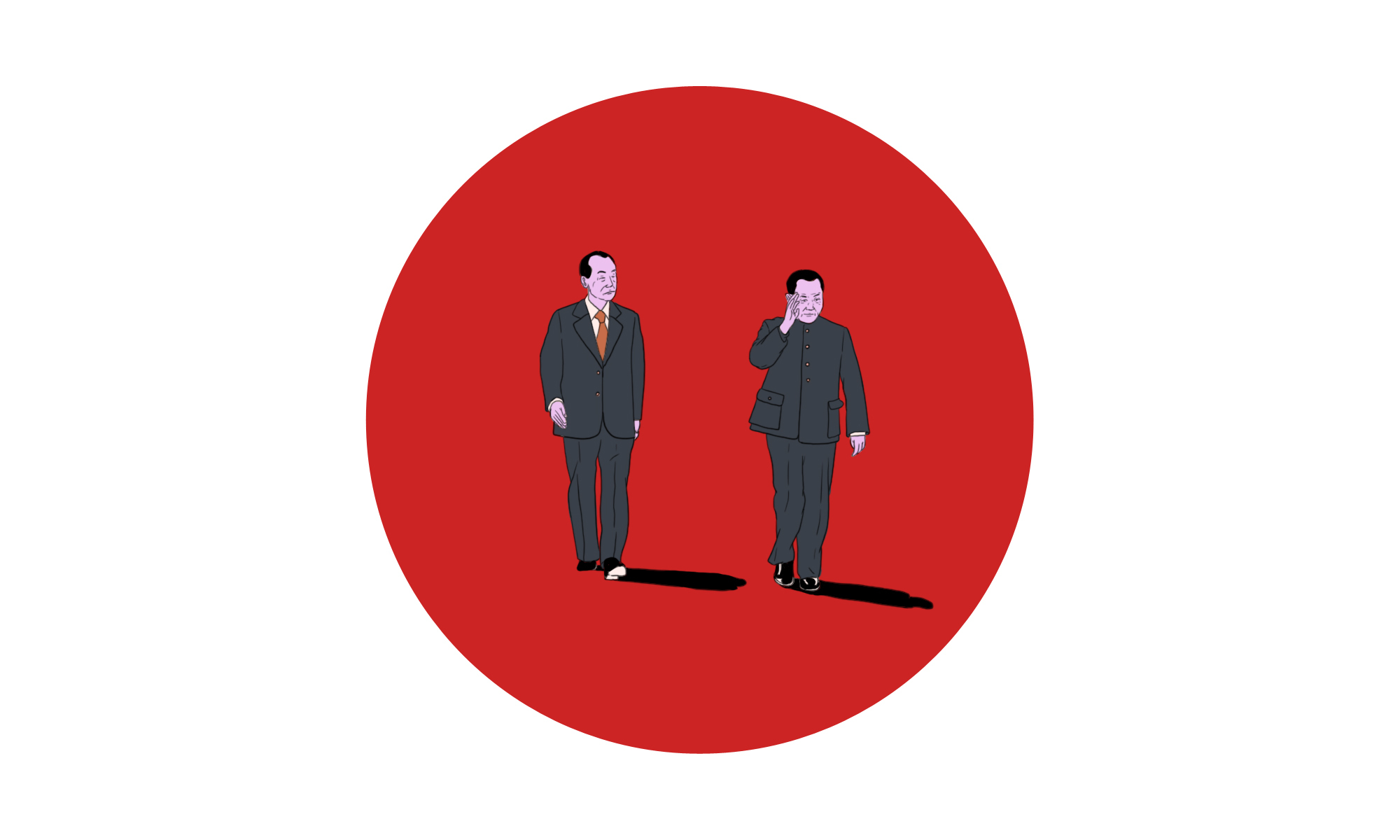
On October 22, 1978, Deng Xiaoping arrived in Japan seeking help to bring China back to normalcy. His visit helped change the world.

For China, autumn 1978 was already remarkably different from the autumn of just two years earlier. Máo Zédōng 毛泽东 had died in September 1976, and the Gang of Four were arrested almost immediately thereafter. During the following two years, Dèng Xiăopíng 邓小平 presided over an update to China’s Constitution (March 1978) and launched a movement called “eliminating chaos and returning to normal” (拨乱反正 bō luàn făn zhèng), aimed at ending the insanity of the Cultural Revolution. He further consolidated his power with the gradual sidelining of Mao’s heir appointed, Huà Guófēng 华国锋, to eventually become the paramount leader (in December 1978).
But Deng had long recognized that China needed help, and a lot of it, to return to normal — to resume a path toward societal development. He had inherited a Mao-shattered economy, though one with enormous potential, if he could just secure the capital and technological inputs that China itself wasn’t yet capable of generating.
And he knew one nearby place where such inputs were available.

By the summer of 1945, U.S. Air Force fire bombings of 66 of Japan’s cities had killed half a million residents — before roughly 150,000 more died in Hiroshima and Nagasaki. The country’s infrastructure was crushed, and the autumn “harvests” for 1945 and beyond looked to be more in name than in rice. Only a massive injection of supplies and personnel from the United States, starting in the autumn of that year, prevented millions more from dying of malnutrition and/or disease. Yet by 1978, only 33 years later, phoenix Japan had risen from literal ashes to global No. 2 in GDP, at an annual average growth rate of nearly 10%. Japanese people and culture were not only historically close to, but actually direct descendants of, China’s, and for the second time in a century (the first marked by the Meiji era, 1868 to 1912), the country had demonstrated a path to explosive economic development.
So, in October 1978, Deng, then the vice premier, made a precedent-breaking trip to Tokyo, becoming the highest-level official from the People’s Republic of China to visit Japan. The dean of China-Japan scholars, Ezra Vogel, describes the mission in his final magnum opus, 2019’s China and Japan: Facing History.
On arriving in Japan, Deng announced that he had come for three reasons: to exchange the formal Treaty of Peace and Friendship documents, to thank Japanese friends who had worked to improve relations between the two countries, and to find the “magic drug” that Xu Fu had been looking for…Deng explained that the magic drug he was looking for was the secret for how to modernize.
Deng’s reference to Xú Fú 徐福 was especially clever — perhaps similar to what a Greek delegation, immediately postwar, might have suggested to the United States if the Greeks, requesting support from their American counterparts, referenced Prometheus as a metaphor for a sought-after technological transformation. Both parties would understand the reference and its origin.
The story is from China’s Qin Dynasty (221 – 206 BCE), in which an alchemist, Xu Fu, is sent on a mission to find the elixir of everlasting life. Xu Fu didn’t find immortality, but legend has it he found Japan, where he settled down, never to return whence he came. Xu Fu has long been a metaphor for the profound technological transformations that Japan had gained from China. In making this reference, Deng was not only requesting support, he was also reminding his Japanese counterparts of an ancient cultural debt. The more recent debt that Japan owed to China, for the depredations and mass murders during the Second Sino-Japanese War (1937 – 1945), hardly needed mentioning at all.
During his week-long sojourn, Deng visited Japan’s industry leaders in steel and auto manufacturing. At Nissan’s Zama factory, Deng marveled at the production volume of 94 cars per year per worker, 93 more than the volume at China’s auto manufacturing facilities. He rode the bullet train, the world’s first high-speed train in commercial use.
Deng’s itinerary also had him visit the TV manufacturing plant of one of Japan’s consumer electronics giants, National/Panasonic. There, Deng dined on a steamed dumpling hot from a microwave oven, a technology that didn’t exist in China at the time. Deng first flattered, then implored company founder and chairman Matsushita Kōnosuke: “You are called the god of management in Japan. Would you be willing to help us advance the modernization of China?” In a 2018 article commemorating the 40-year anniversary of Deng’s visit to Japan, Nikkei Asia recounted both Deng’s request and Matsushita’s immediate, affirmative answer.
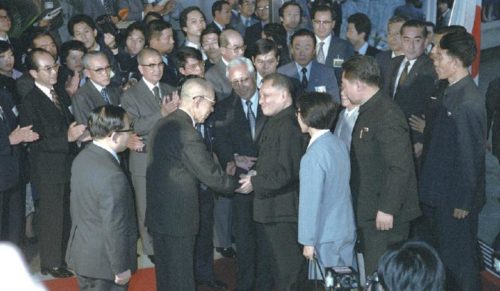
Deng got what he went for. Panasonic invited 250 Chinese engineers to spend six months studying manufacturing technique and management at the company’s Ibaraki plant, and those engineers became the leaders of a joint-venture CRT manufacturing facility in Beijing. China’s Baosteel, now Baowu, and specifically its flagship production facility in Shanghai, were built as a direct result of Deng’s visit to Nippon Steel’s Kimiku Works. China’s many joint ventures with Japanese automakers, which also trace their origins to Deng’s visit, account for three of the top-five-selling auto brands in China, which became the world’s largest auto market a dozen years ago.
It took a bit longer, but in 2008, China launched its first high-speed rail service, also built substantially on Japanese technology. China’s high-speed rail system now exceeds the track length of the rest of the world’s high-speed rail systems combined.
During his 1979 visit to Beijing Television Manufacturing, Panasonic’s eventual joint venture partner, chairman Matsushita, said, “You are putting a great effort into the development of color TV. If you continue your effort like this, in several years you will surely catch up with us in Japan technologically and develop new technologies that don’t exist in Japan.” Developments since that time have proven Matsushita prescient.

But China’s ascent to global leadership in many economic categories isn’t the only thing that’s changed in four decades. Nissan closed its Zama auto production line in the mid-1990s, and Matsushita stopped producing displays in 2013, later selling the Ibaraki facility to Amazon and a local fulfillment enterprise.
Over the past decade or so, China has been facing similar economic evolutions to those Japan faced starting about four decades ago. Among them are rising labor costs, and therefore an imperative to climb beyond lower-cost manufacturing to providing an increasing array of goods and services for a rapidly growing consumer sector.
Another challenge: Japan’s bubble economy in the 1980s was inflated by debt and real estate speculation — sound familiar? In a wildly ill-conceived attempt to recover from the bubble’s pop, Japan notoriously spent hundreds of trillions of yen on increasingly wasteful infrastructure projects, from the early 1990s on. A 1999 Guardian headline suggested that Japan was suffocating under a concrete blanket — shorelines groaning under concrete breakwaters, paved hillsides and riverbanks and beds, and plenty of roads to nowhere. One faculty member quoted in the article says that infrastructure spending is “like a drug. We know it’s damaging our economic and environmental health, but when we try to do without it for a while, it hurts, so we need a new fix.”
China faces similar challenges today — debt, a bubbly real estate sector, and persistently unbalanced GDP composition (too much infrastructure investment, not enough consumption). As the pace of GDP growth inevitably slows, will China follow the same debilitating course as Japan did 30 years ago? Is it doing so already?
Japan’s challenges, however, have largely been the progeny of the country’s astonishing climb to the top of the world’s economic league table, in just a few decades. And Japan has played an outsized role in fostering China’s historic rise — as fast as Japan’s, in a country that’s an order of magnitude larger. In 2011’s Deng Xiaoping and the Transformation of China, an earlier magnum opus, Vogel writes, “During Deng’s years at the helm, no country played a greater role in assisting China build its industry and infrastructure than Japan.” Vogel’s assertion illuminates not only a truth about Japan, but about China’s leader who brought about the engagement. Like Chairman Matsushita, Deng too proved prescient, in more ways than one.
